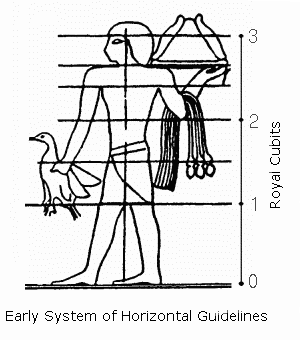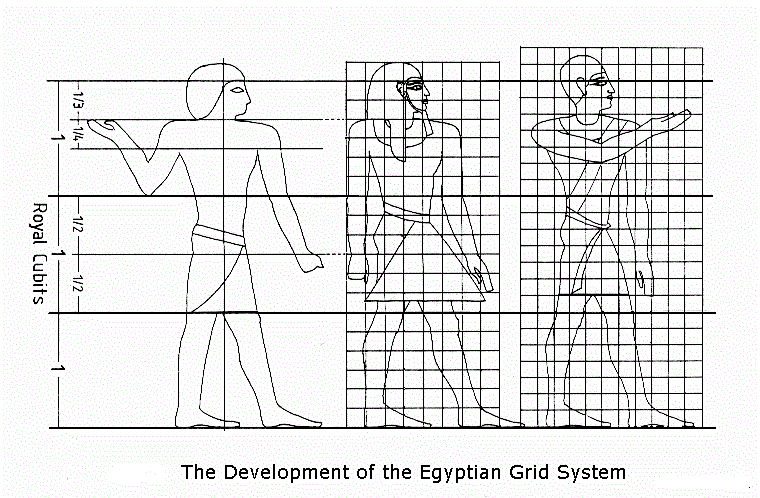<A>
Rembrandt (brow of, the etching of Burgomaster Six: *
portrait of Jan Six; whole-length, standing in a dark interior, reading a paper at a window at right; fourth state with highlight above table shaded over before date reworked, drypoint and burin on Japan paper

<B>
Rembrandt (brow of, portrait of an architect at Cassel): *
Portrait of Andries de Graeff, 1639, oil on canvas,

<C>
Apollo (brow):*
The pediments of the Temple of Zeus at Olympia are some of the best surviving examples of early Classical Greek sculpture. The pediments were completed 460 BC. On the west pediment is depicted a 'centauromachy' (battle between the half-man, half-horse centaurs and the Lapiths). Apollo stands tall in the very centre of the pediment, pointing towards the human side in the battle, indicating his favour, promising to restore order as the god of rationality and self-control, he looks nonplussed by the chaos surrounding him.

<D>
Poseidon statue (brow):*
slightly over life-size at 2.09 meters, reflects the severe style of the 5th century; he is paused in action with his stance, although no muscles are noticeably contracted. He stands with most of his weight shifted to one foot while the other lightly touches the ground and his arms are extended Appears properly balanced from a frontal view, he is actually rather flat and not nearly as dimensional as is originally presumed. The head harbours great detail, hair and beard are intricately carved, eyebrows originally made of silver, lips of copper, and his eyes, which are now completely missing, of some other material. Reflects a power that only a god could possess,


<F>
Gothic (draped body): *
see illustrations

<G>
Egyptian statue (body as a mathematical scheme): *
2 illustrations


<H>
draperies (on Athens to reveal the body):*
Nike Adjusting Her Sandal, from the Temple of Athena Nike (420 BC), Acroplois, part of a relief depicting Victories (Nikai) erecting trophies or bringing sacrificial animals to Athena, originally located on a balustrade of the parapet. This figure combines a graceful curved torso with diagonal planes in her legs. The sheer, almost transparent drapery called "wet drapery" because it appears to cling to the body - falls in a pattern of elegant repeated folds. Behind the Nike is the remnant of an open wing. Its smooth surface contrasts with the activated drapery, and at the same time echoes and frames the torso's curve. Emphasis is on beautiful decoration - a departure from the style of the Parthenon sculptures in the new interest in transparent drapery, elegance, and mannered gracefulness.

<I>
High Renaissance (battle): *
Art historians date the High Renaissance from 1495 to 1527 (the Sack of Rome). The roots of Baroque can be traced to the Florentine Camerata, a group of humanists, musicians, poets and intellectuals in late Renaissance Florence who gathered under the patronage of Count Giovanni de' Bardi to discuss and guide trends in the arts, especially music and drama. Although they promoted a revival of the Greek dramatic style, the Camerata's musical experiments led to the development of the stile recitativo & thereby facilitated the composition of dramatic music and the development of opera. They were demonstrably aware of the timbral effects of different instruments and regarded different instruments as being suited to expressing particular moods. They first met in 1573 & reached a pinnacle between 1577 and 1582. This group aimed at a musical revolution. However there are also evolutionary tendencies at play in the 16th century, as precursors of the new Baroque style can be found far back in the Renaissance, and the changes merely built on extant forms and practices.